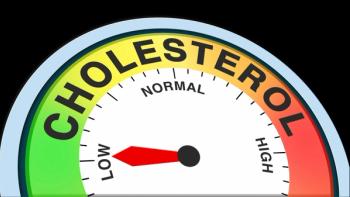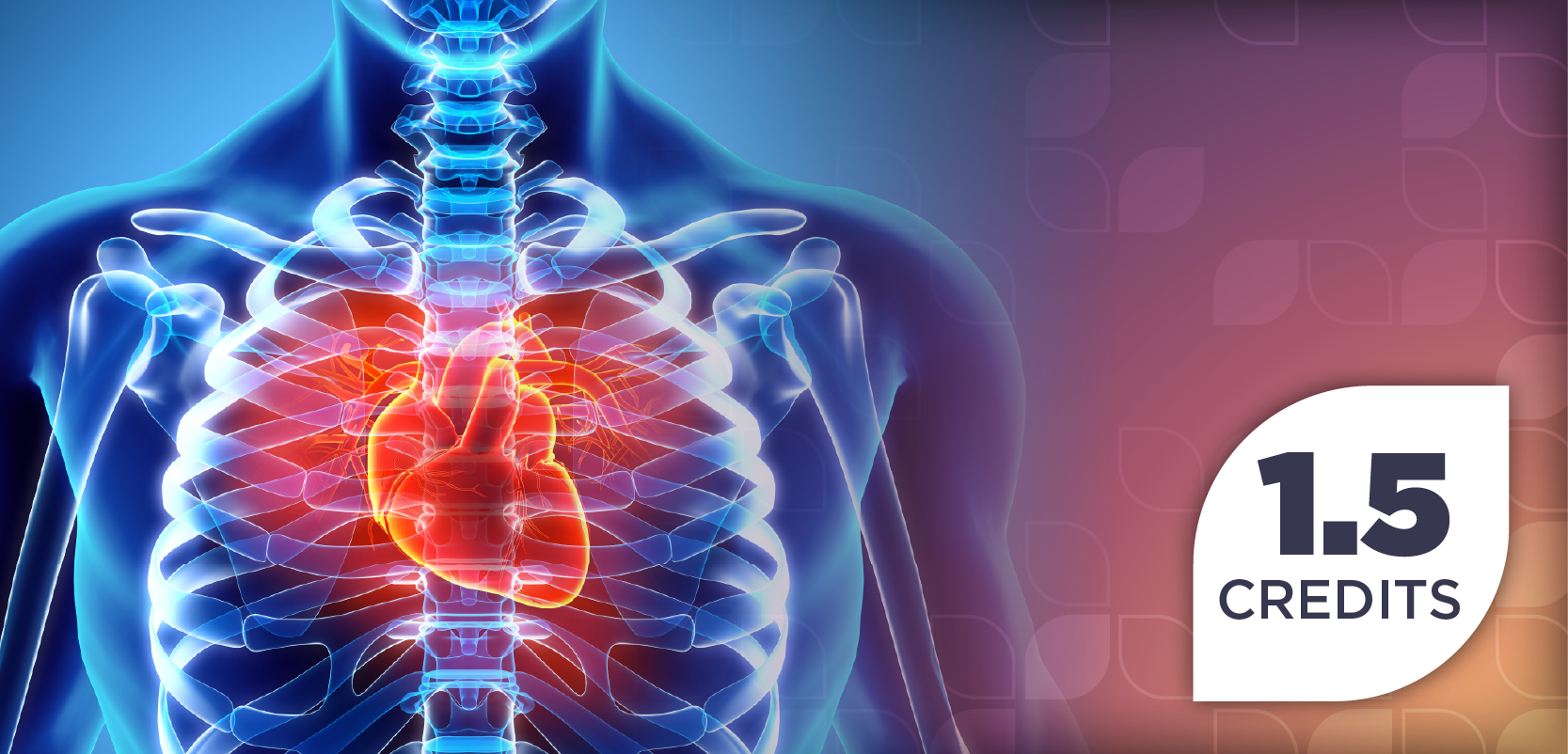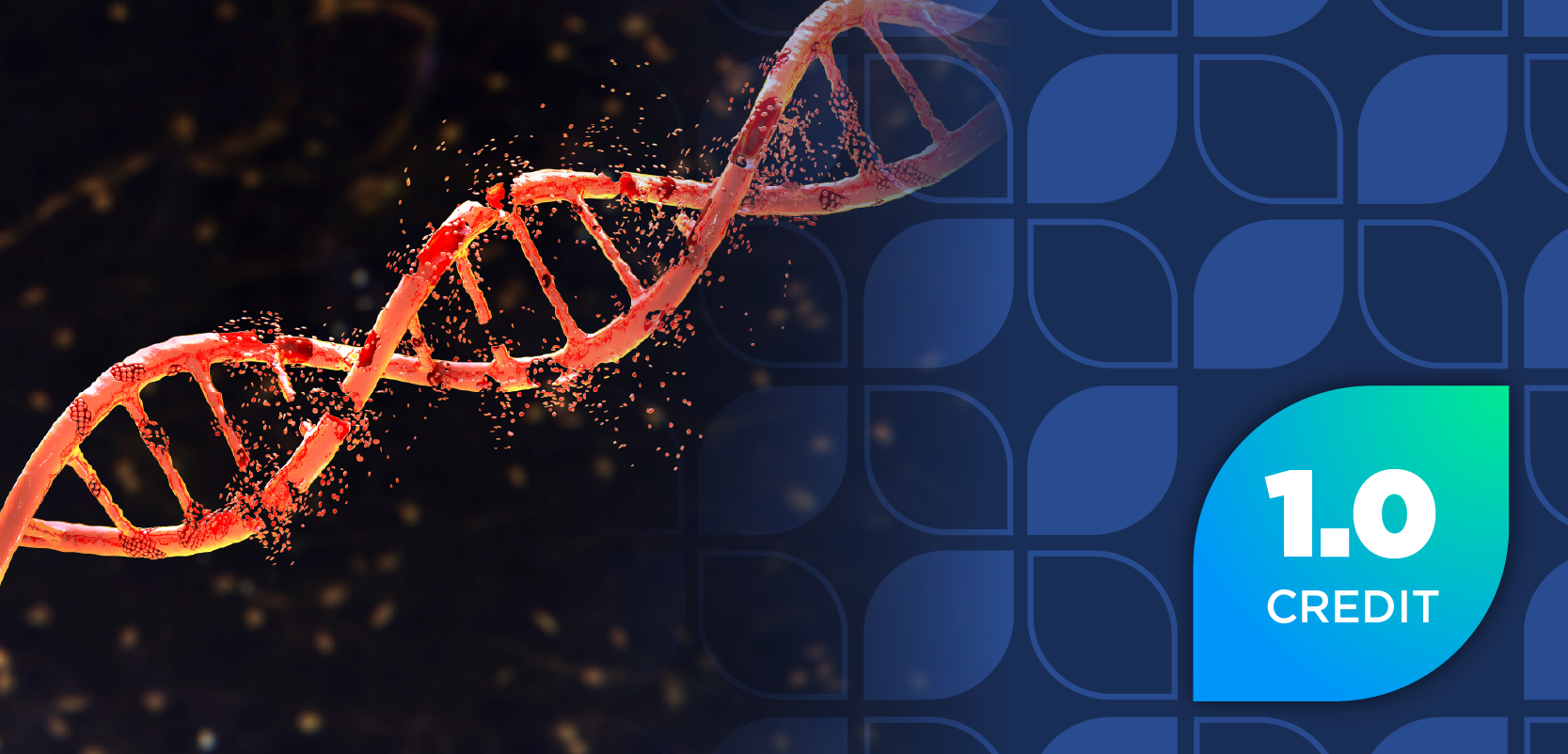
Disruptions in Circadian Rhythm Tied to Breast Cancer Risk?
Researchers have identified a gene associated with the body’s circadian rhythm that may play a role in the development of breast cancer.
The body’s circadian rhythm is known for its role in regulating sleep patterns, but researchers are seeking to understand its effect on the development of health conditions outside of its time-keeping function.
In a new study, published in Development, researchers from Texas A&M University have identified a gene associated with the “central clock” mechanism that may affect the risk of developing breast cancer risk.
Circadian rhythm, the brain’s “central clock” mechanism, is controlled by the suprachiasmatic nucleus (SCN). Outside of coordinating the body’s sleep patterns, the SCN also regulates the other peripheral clocks in our body that exist in every one of our cells.
In the study, the researchers evaluated the Period 2 (Per2) gene, a regulatory mechanism within each cell’s peripheral clocks that plays a crucial function in mammalian mammary gland development. Per2 serves the “negative feedback” function in the positive and negative feedback mechanisms that occur during the circadian rhythm process, in which both mechanisms are balanced by constantly oscillating between day and night.
The researchers noted that, when suppressed, Per2 leads to severely disrupted gland development in mice. Not only does the gene have an important function in the time-keeping process of gland development, but the researchers found a potential role in breast cancer as well.
According to the study, Per2 expression is lost in a large percentage of mammary tumors, suggesting that Per2 may be functioning as a tumor suppressor gene associated with cell identity.
“We discovered that these glands have what we call a kind of bipotent phenotype; they’re actually halfway to cancer,” Weston Porter, PhD, from Texas A&M College of Veterinary Medicine & Biomedical Sciences, said in a press release about the study. “They already have many of the characteristics you would see in a premalignant cell.”
The researchers found that the stem cell markers associated with the loss of Per2 are more basal, which is a characteristic of more invasive cancer. They also observed the same defect in transplant studies, reinforcing the idea that Per2 is responsible for the lack of mammary ductal growth in the developing gland.
Porter noted that the researchers are investigating how their findings relate to humans. “There are studies out there showing a relationship between decreased levels of Per2 and certain types of breast cancer, which are more invasive,” he added. “So, we believe that there is a direct relationship.”
Reference
McQueen CM, Schmitt EE, Sarkar TR, et al. PER2 regulation of mammary gland development. Development. 2018. Doi:
Texas A&M Study Links Breast Cancer, Body’s Internal Clock [news release]. Texas A&M’s website.
Newsletter
Stay informed on drug updates, treatment guidelines, and pharmacy practice trends—subscribe to Pharmacy Times for weekly clinical insights.


















































































































































































































